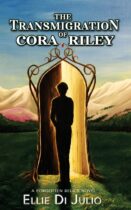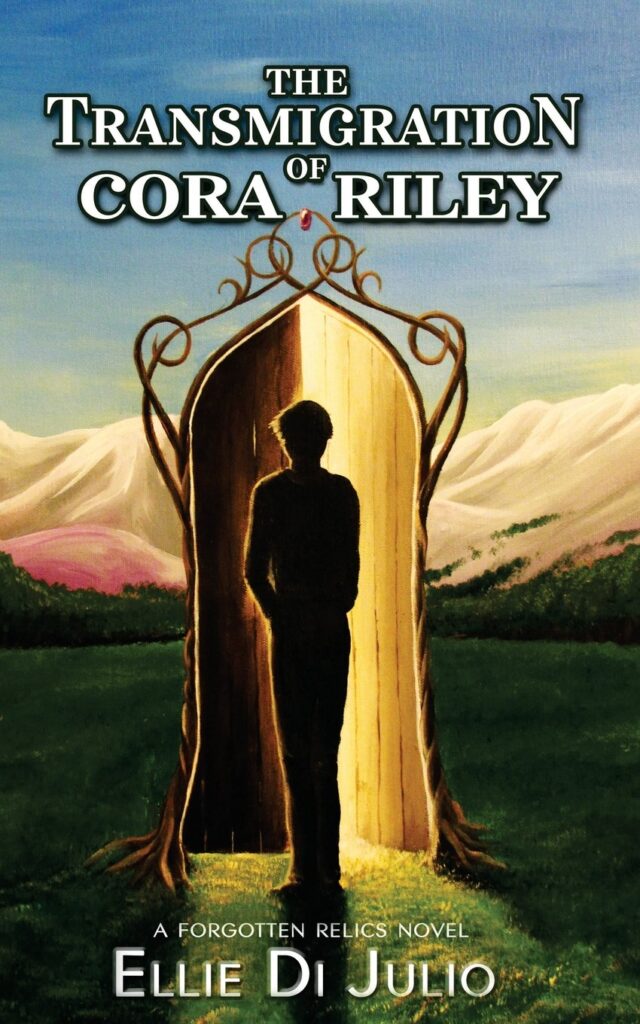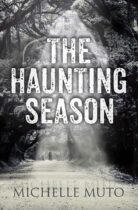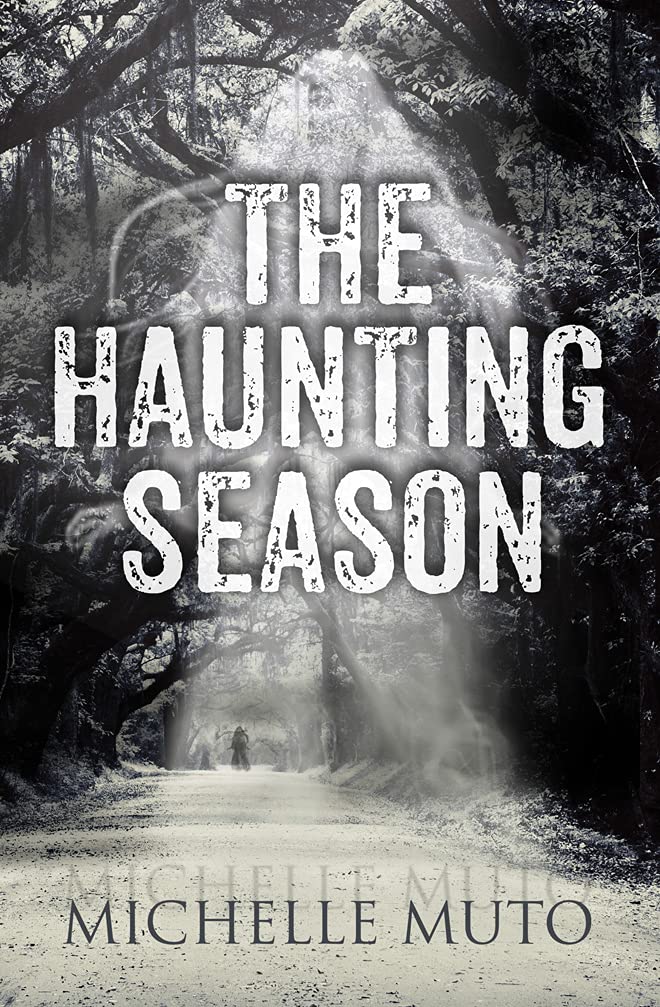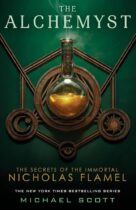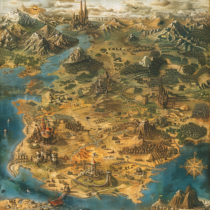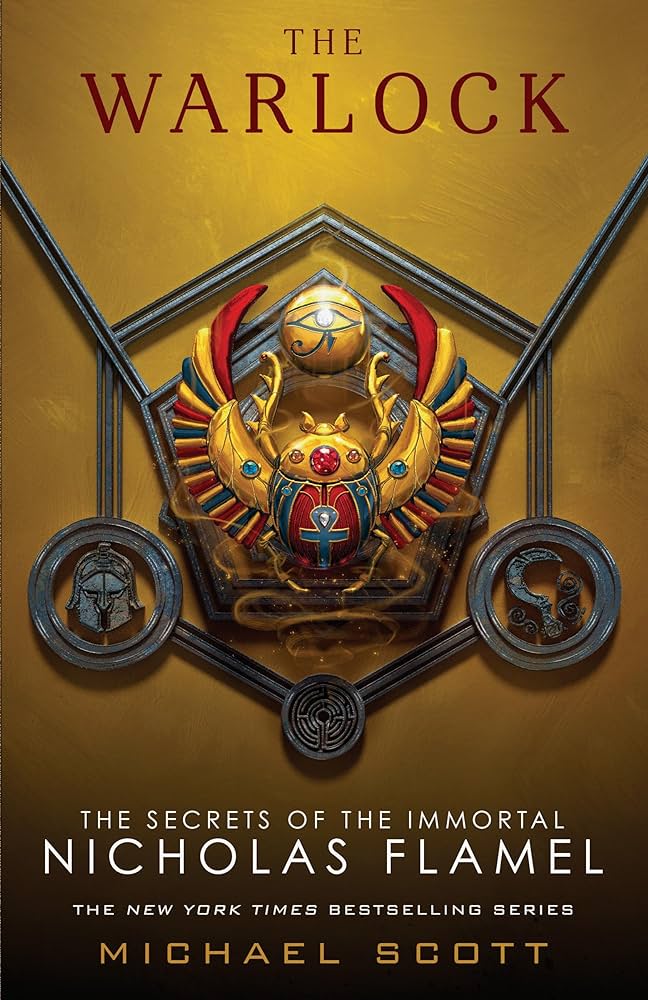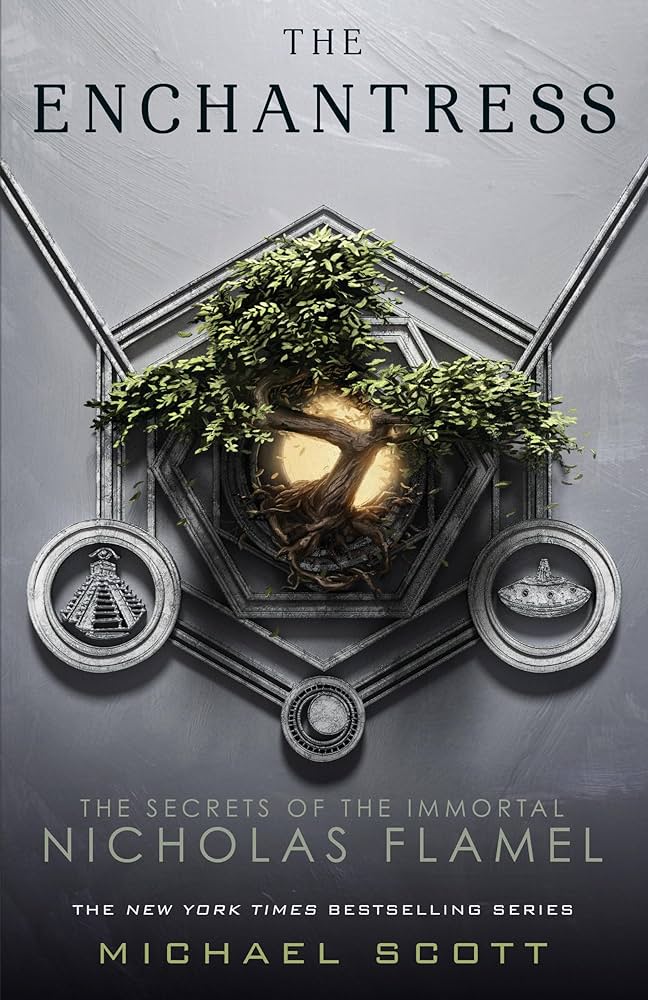New Beginnings

New Beginnings

In the realm of speculative fiction, where imagination knows no bounds, there exists a powerful symbol of renewal and transformation: the phoenix. Much like this mythical bird, we often find ourselves navigating through cycles of creation, destruction, and rebirth, both in our stories and in our own lives.
As we relaunch our speculative fiction writing and publishing blog, we are reminded of the phoenix’s enduring symbolism. Just as the phoenix rises from its own ashes, so too do we rise from past endeavors, ready to embark on a new journey filled with creativity, inspiration, and endless possibilities.
In the world of storytelling, new beginnings offer a canvas for infinite exploration. It’s a chance to delve into uncharted territories, to weave narratives that defy expectations and ignite the imagination. Whether it’s crafting tales of distant galaxies, magical realms, or dystopian futures, each new story is a testament to the resilience of the human spirit and the power of imagination to transcend boundaries.
But new beginnings aren’t just confined to the realms of fiction. They also hold profound significance in our personal and professional lives. They mark the end of one chapter and the beginning of another, inviting us to reflect on our past experiences, learn from our mistakes, and embrace the opportunities that lie ahead.
As we embark on this new chapter of our speculative fiction journey, we invite you to join us in celebrating the magic of new beginnings. Let us harness the spirit of the phoenix, rising from the ashes of the old to soar to new heights of creativity and storytelling excellence.
Follow this post for the series of posts linked to it as I re-cap what’s been happening in my life for the past few years as The Bearded Scribe Press was on a break. Whether you’re a seasoned writer, an aspiring author, or simply a lover of speculative fiction, we welcome you back to our blog, relaunched & reimagined. Together, let’s explore the vast expanse of the imagination, where every ending is just the beginning of another extraordinary adventure.
Until next time—Happy Scribing!












